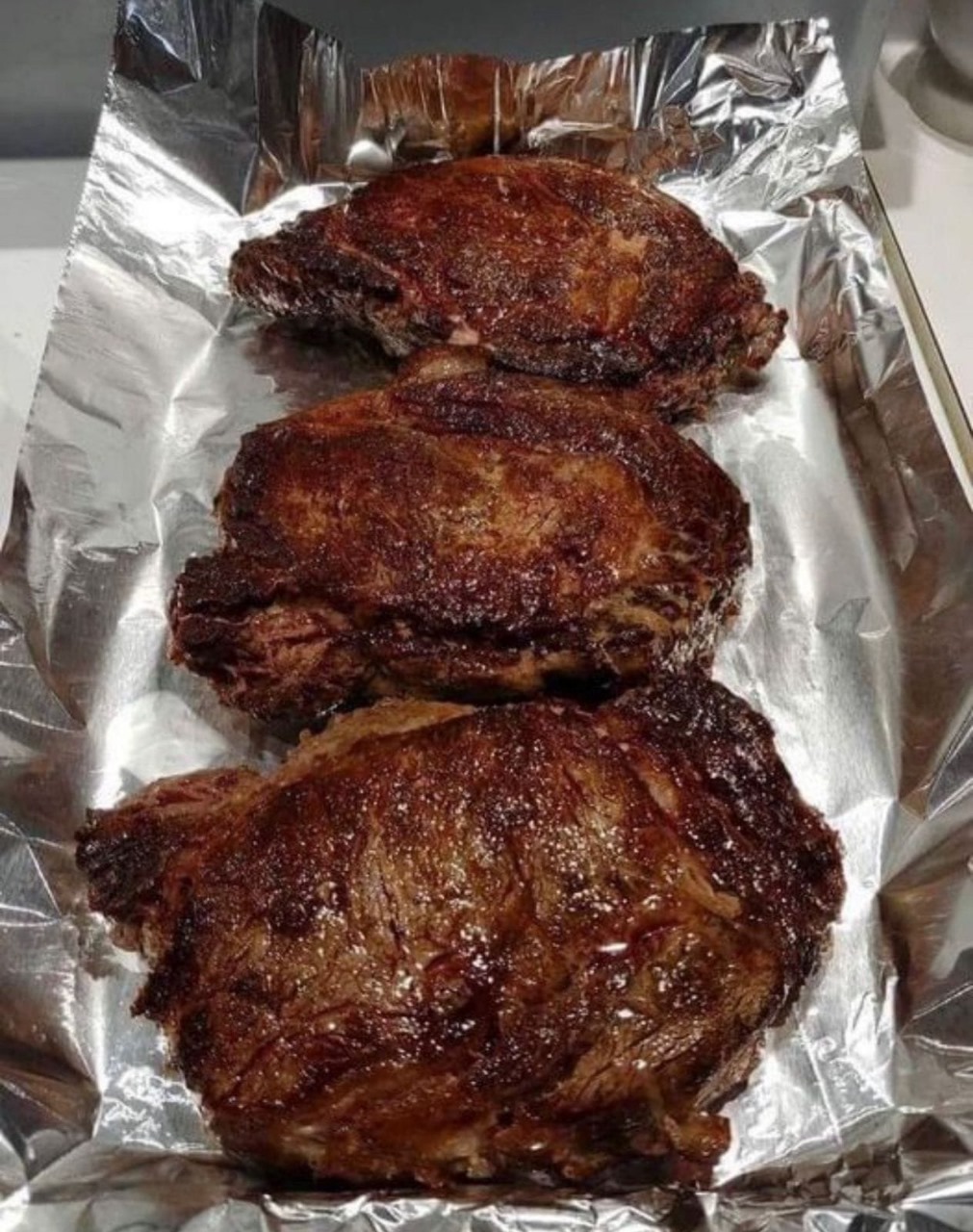ADVERTISEMENT
- Marinating for Extra Tenderness
Marinades are great for softening the muscle fibers of meat and infusing flavor. For the best results, marinate your meat for several hours (or even overnight) with acidic ingredients like vinegar, citrus juice, or yogurt. These acids help break down proteins, making the meat more tender. - Low and Slow Cooking
Cooking meat at a low temperature over an extended period breaks down collagen and connective tissues, resulting in a tender and juicy texture. This method is ideal for tougher cuts like brisket, chuck roast, and ribs. Slow cookers, ovens, or even stovetop braising can be perfect for low-and-slow cooking. - Using Meat Tenderizers
A meat tenderizer (a mallet or similar tool) helps break down muscle fibers. Simply pound the meat lightly on both sides before seasoning, which is especially helpful for tougher cuts like pork chops, steaks, and chicken breasts. - Resting After Cooking
Letting meat rest after cooking allows the juices to redistribute, making each bite more flavorful. Wrap the cooked meat in foil and let it sit for about 10 minutes before cutting into it. - Choosing the Right Cuts
Some cuts of meat are naturally more tender than others. For instance, the tenderloin, ribeye, and filet mignon are inherently softer than tougher cuts like brisket or flank. If tenderness is the goal, consider opting for these cuts when possible.
Popular Tender Meat Dishes to Try
- Classic Pot Roast
Slow-cooked pot roast with carrots and potatoes is a perfect example of the low-and-slow method. Cooking it in a Dutch oven or slow cooker ensures the meat becomes incredibly tender and packed with flavor. - Braised Short Ribs
Braising short ribs with wine, beef broth, and herbs creates a fall-off-the-bone texture. The extended cooking time allows the flavors to meld beautifully, making this dish ideal for special dinners. - Grilled Marinated Steak
Marinating steak with olive oil, garlic, and balsamic vinegar before grilling helps ensure tenderness. The high heat from the grill sears the outside while keeping the interior juicy and tender. - Roasted Chicken Thighs
Chicken thighs are naturally more tender than breasts, especially when roasted with herbs and olive oil. Cooking them skin-on at a moderate temperature keeps the meat juicy.
Tips for Success
- Know When to Use Heat: High heat for a short time works well for tender cuts like steaks, while low-and-slow methods are better for tougher cuts.
- Don’t Overcrowd the Pan: When cooking meat on the stovetop, leaving space between pieces ensures even cooking and keeps the meat juicy.
- Use a Meat Thermometer: Perfect tenderness often relies on precise internal temperatures, so a thermometer can help achieve the ideal doneness.
Conclusion
Creating perfectly tender meat is an art that combines patience, proper technique, and a little science. By following these techniques, you can consistently cook meat that’s juicy, flavorful, and unbelievably tender. Your guests will savor every bite, and you’ll become known as a master of tender meats!
Try these tips in your next meal, and see how simple adjustments make all the difference!
ADVERTISEMENT
